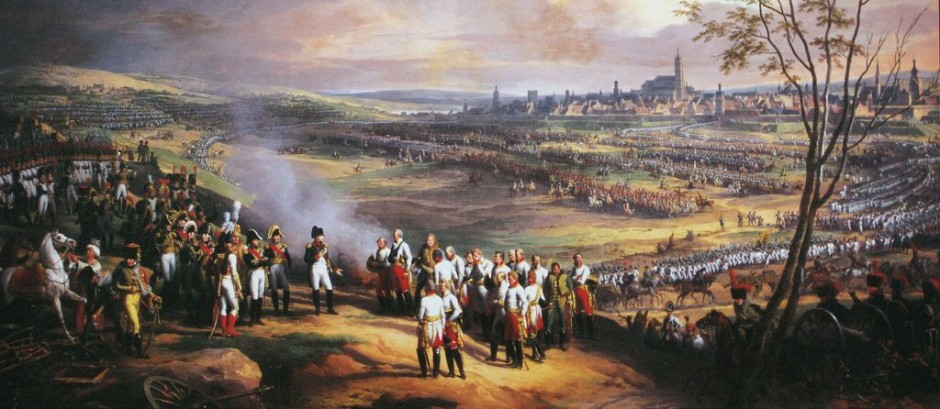Working with Historians’ interpretations
Working with historians’ interpretations can be a difficult task. Part of the craft of being an historian is in presenting your findings so they appear to be irrefutable facts. As part of your B.H.S. history studies, you will be asked to read a whole range of historical arguments from different historians, which will seem to contradict each other. Believe it or not, this is a good thing. The range of scholarship you are exposed to allows you to understand the topic from different perspectives. Who is right? Well, based on your own understanding of the evidence you may find one historian’s views more convincing than another’s. The steps below should help you to be aware of the historians you are reading and the agendas they might be pursuing.
Stage 1: Executive Summary
- The most important part of reading any extract is in making an executive summary. This essentially identifies the main points of the historian (their INTERPRETATION)
- Armed with your YELLOW (INTERPRETATION) highlighter, read through the extract and highlight any key points being made. As you do this you should make a set of notes in the interpretation box of your cover sheet. You should try to paraphrase and put the historian’s points into your own words. A good quality summary is vital for discussion. Make a note of good quotes and key page numbers.
- It may also be helpful to think about how these points link with other things you have read, or what you already know and note these down too…
Stage 2: Establishing the Main Themes
Once you have got the main points made by the historian, you then need to think about how these group together. Do your notes for easily into larger, more over-arching points? You might find a number of the little points you identified fit under a larger heading that: “the West was shaped by the Frontier process” for example. These larger points will form the main structure of your writing so that you show a command of the argument as a whole.
Stage 3: Methods
Once you have worked through the extract for meaning, you can now look a little deeper. You might like to highlight these together rather than doing it in two stages. Again make notes on your cover sheet as you go.
- Try to highlight in GREEN any parts of the text which show the METHODS used by the historian. This might include: Types of source material used: primary, secondary, ethnic, white, anthropology, social sciences, statistics etc.
- The way the findings have been presented – is it narrative, analytical etc.
- Make a note of these methods, think about how they compare to other methods and consider the impact they might have on the interpretation.
Stage 4: Purposes and Approach
The key to “Approach” is trying to work out what the historian set out to do. What questions was the historian asking and trying to answer? Why did the historian write the extract, to support an orthodoxy, revise one, create a new one? Do they have a focus? Do they want to ask the reader a question? Do they have an agenda – a contemporary issue which they are highlighting through the history?
For example, “Goldhagen tries to prove that the Nazi elite, whilst clearly to blame for the Holocaust, could not have been successful without the support of ordinary Germans. He is attempting to revise an orthodox view of Germany.”
BE AWARE – the purpose and approach of the historian are seldom the same as what they choose to write about
- You should highlight any clues about the approach of the historian in YELLOW. Remember this is how they look at the topic as well as the schools of history they might fit into.
For example: Stucturalist/Internationalist/Economic/Social/Cultural/from Above/from Below
